THE RAPID CREATIVE RISE OF DIGITAL ARTIST, SOCIAL MEDIA STAR AND RADIO HOST ZOE HARVEEN KAUR
WHETHER it is designing jewellery, creating eye-catching digital artwork, entertaining social media followers with the popular Brown Girl Memes or hosting an empowering global radio
show, Zoe Harveen Kaur has a strong connection to creativity.
The imaginative bond began after she created a portrait of Mother Teresa as a kid, which was so good that it is still hanging in the reception area of her elementary school. The rapidly rising Canadian star kicked on from there to forge an impressive career that has mixed up meaningful art with making an impact on social media and across the airwaves on her uniquely titled radio show Desi Girl Horrors. She has also become a strong symbol of girl power with her fearless approach and seems unstoppable.
Eastern Eye caught up with Zoe Harveen to discuss her amazing artwork, radio show, brown girl memes, future plans, desi girl horrors and the best advice she ever got.
What led you towards the unique message-driven digital art that you create?
I’m not sure if anything specific led me there. I think it was the fact I wanted to represent myself in artwork and create pieces that represent my cultural identity, whether that be the North American influence or my south Asian heritage. My relationship with my cultural identity definitely fuels my artwork and because I have had such a relatable experience with my identity, my art is able to share messages, and allows for others to feel represented as well.
What inspires your eye-catching artwork?
My environment inspires me a lot! I’m really inspired by my own south Asian culture and heritage, as well as current trends and notable topics. I love pulling from different places to create my art, but I think the majority of inspiration comes from my environment, friends and family.
What has been one of the most memorable moment in your art journey?
I think growing my art style is the most memorable. I have a very consistent art style, no eyes and big
bushy brows, but I’m really excited about my current growth and think it is the most memorable because I’m trying so many new things.
How much does it mean to you that so many connect with your artwork?
It means a lot to me. When I started @zhkdesigns, I never had the intention of influencing anyone. I simply wanted to share my work. Now, I feel like I have learnt so much from the community and am able to represent people, which ultimately connects so many to my work. Having this platform is incredible because I can represent diverse identities and still be myself and represent myself.
Which is your own favourite piece that you have created?
I think my favourite piece is one called It’s Chai, Not Chai Tea. That piece resonated with a lot of people and even turned into a series on my page. I was so frustrated with non-south Asians embracing south Asian culture without knowing the proper pronunciation, terminology and appreciation for the culture, so I created a series that corrected those mistakes with the hopes of growing appreciation versus appropriation. The series includes pieces like It’s called Mehendi, not Henna Tattoo and It’s called Naan, not Naan Bread.
Who is your own art hero?
Alongside many south Asians, my favourite artist and the artist who makes me feel proud is Maria Qamar, the name behind @hatecopy! She is an incredible artist – her work is fabulous! It represents, entertains and teaches the south Asian community and beyond about common south Asian experiences, especially as a brown woman. Not to mention that she’s Canadian as well. She is hands down my art hero and I think she truly paved the way for south Asian creatives in mainstream media.
What is the future plan for your artwork?
As of now, I don’t have a particular plan for my work, but the biggest takeaway is growth. As life progresses, so does my artwork and style, so I think my plan is to keep growing and exploring my skillset.
What led towards the creation of Brown Girl Memes?
One rainy afternoon, I was DMing with Sanjana from @browngirlgang, one of my favourite creators ever. We had been messaging a lot about collaborations and our flourishing friendship, and one day she messaged about a Valentine’s Day card I had made. The card read, “Do you want to be my valentine? Because you’re asking for it, you’re dying for it!” with a cut-out of Pooja on it. Sanjana found it hilarious, and we started chatting about brown meme pages. We realised that there weren’t any for women, by women, so we wanted to make our own, but we needed someone specific to be on our team – Seerat Saini. At the time, Seerat’s Twitter was popping off, with the most hilariously relatable tweets about brown girls. Immediately after our conversation, Sanjana and I contacted Seerat and started planning out our page.
What happened next?
It was incredible. From the moment we connected, we knew Brown Girl Memes meant way more than an Instagram page. We wanted to represent brown women without misogyny, racism, sexism and so much more that we found in other meme pages. Brown Girl Memes is an inclusive space for all brown women (or any gender), free from racism or sexism and packed with girl power vibes to celebrate brown women.
Tell us something about your radio show Desi Girl Horrors?
My radio show, which airs every Monday on Rukus Avenue Radio, has myself and a guest talk about desi girl horrors we face in our everyday life. Topics include dating, identity, mental health, careers and so much more, with guests such as Sanjana Nagesh, Ravina Toor and Monica Vaswani. My show is special because I am learning how to translate the messages my art holds into verbal conversations, and to push it even further, I add a guest to my show. This has been an incredible experience, as I’m able to learn something new from my guest and about the topic, which I can then reintroduce into my artwork. The show has changed my perspective on how I express my culture. I continue to grow every time I record a new episode.
What inspired the Desi Girl Horrors title?
The title is from an art series I made named Desi Girl Horrors where I would illustrate south Asian women experiencing life changes within dating, careers, mental health, self-expression, sexism and so much more. The series is one of my favourites on the page. I love exploring new topics and the series is a great way for south Asian women to connect and draw from each other’s experiences.
Would you give an example of a desi girl horror?
A desi girl horror is something that desi women find intimidating, scary, disgusting or uncomfortable. For example, one of my episodes speaks to micro aggressions and stereotypes. In that episode, I explain that stereotypical comments make me very uncomfortable and shocks me to my core, therefore, it’s a desi girl horror. It’s something that needs to be addressed and discussed through humour, history and personal experiences.
Is it fair to say that girl power informs your work?
Yes! Girl power is something I truly value. As women, especially south Asian women, we should support and uplift one another. I want my work to inspire, encourage, empower and entertain south Asian women, while representing diverse identities, which I think I do well.
Would you say you are fearless?
I think I’m fearless, even though I do have a lot of fears. Although I do have fears and internal obstacles, I use that energy to keep creating and allow myself to explore. I love taking chances, but I go into every experience knowing that I will learn, so even if I’m scared, I know I can overcome anything.
What is the best advice you ever got?
The best advice I’ve ever received was ‘learn from every experience’. I’m not sure why that advice stuck with me, but I think about that all the time, especially when I’m trying new things. Even though some experiences are tough and seem like the end of the world, there is always something to learn and take from it. Even the best experiences have teachable moments and I value that a lot.
What is your master plan?
The future of ZHK is still a mystery to me. There’s so much that I want to do! Of course, you can tune into Rukus Avenue Radio for my Desi Girl Horrors show. In the meantime, I will continue to make artwork, design jewellery and try exploring my art style.
What is your own idea of happiness?
My idea of happiness is to fulfil all of my goals and to try everything. I just want to be able to say that I’ve tried everything I wanted to try in life.
Visit: Instagram: @zhkdesigns & @ browngirlmemes and www.zhkdesigns.ca

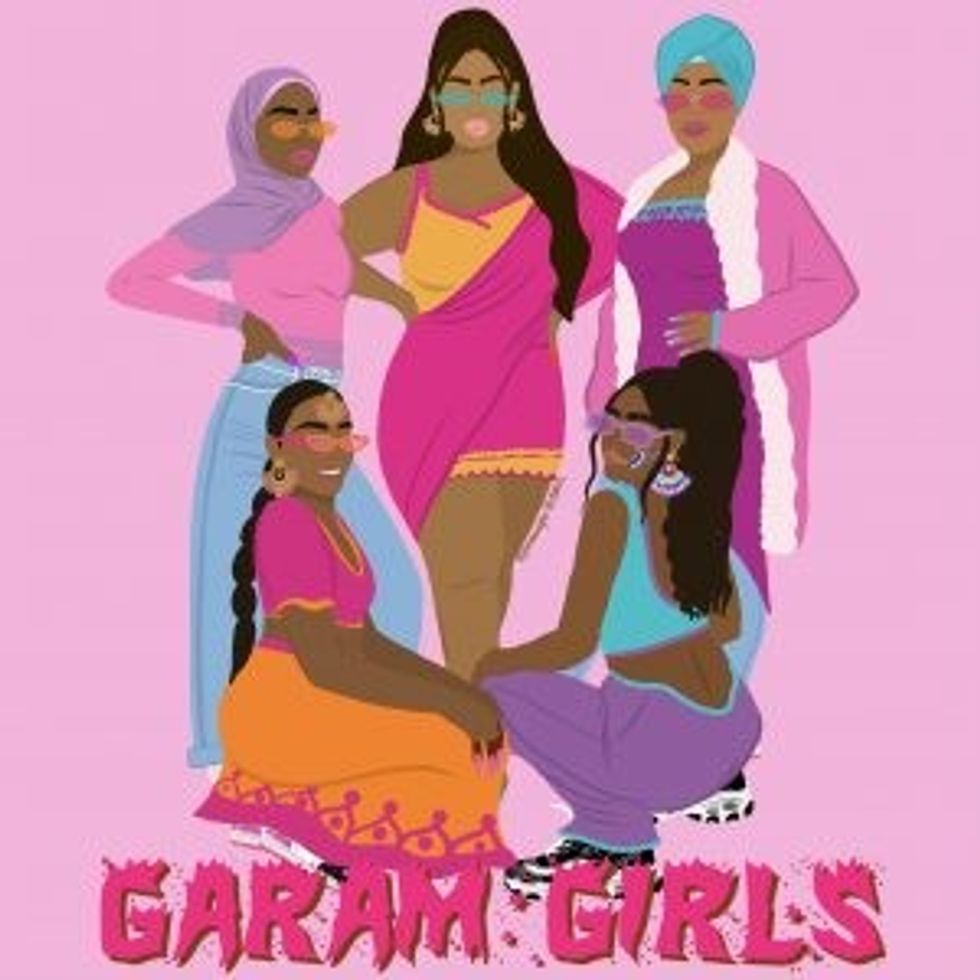
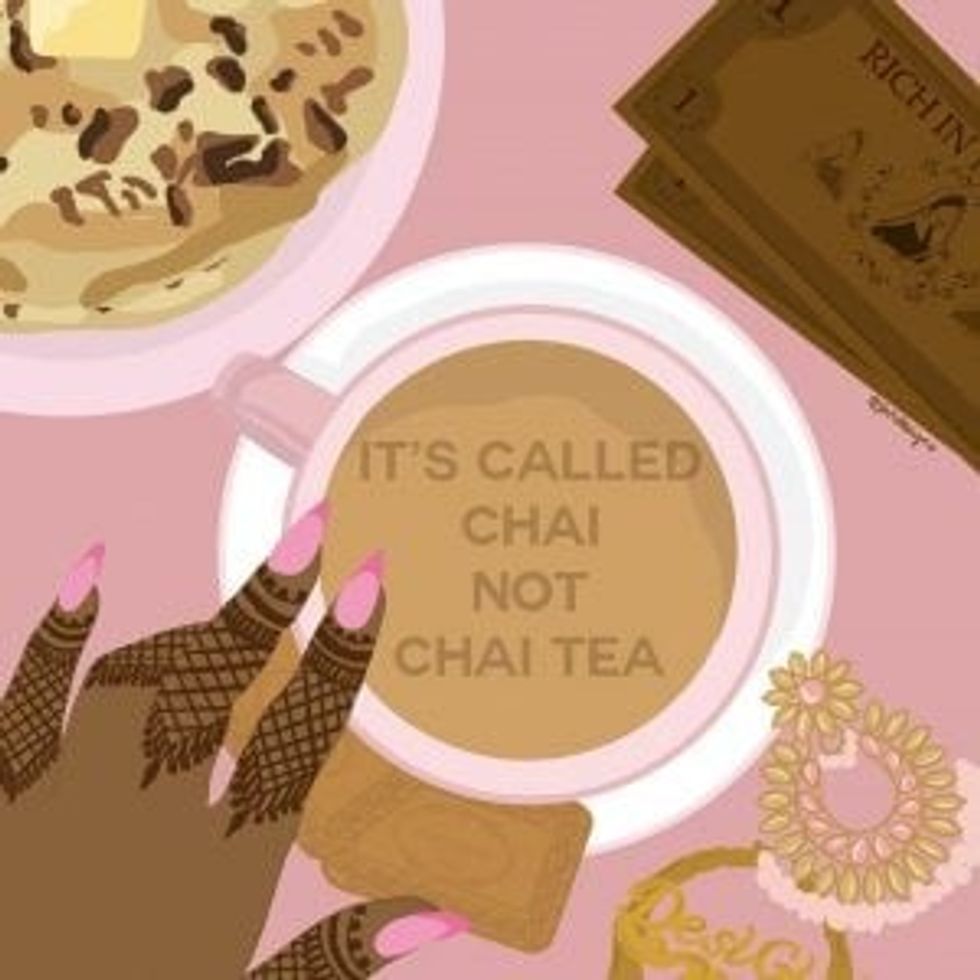
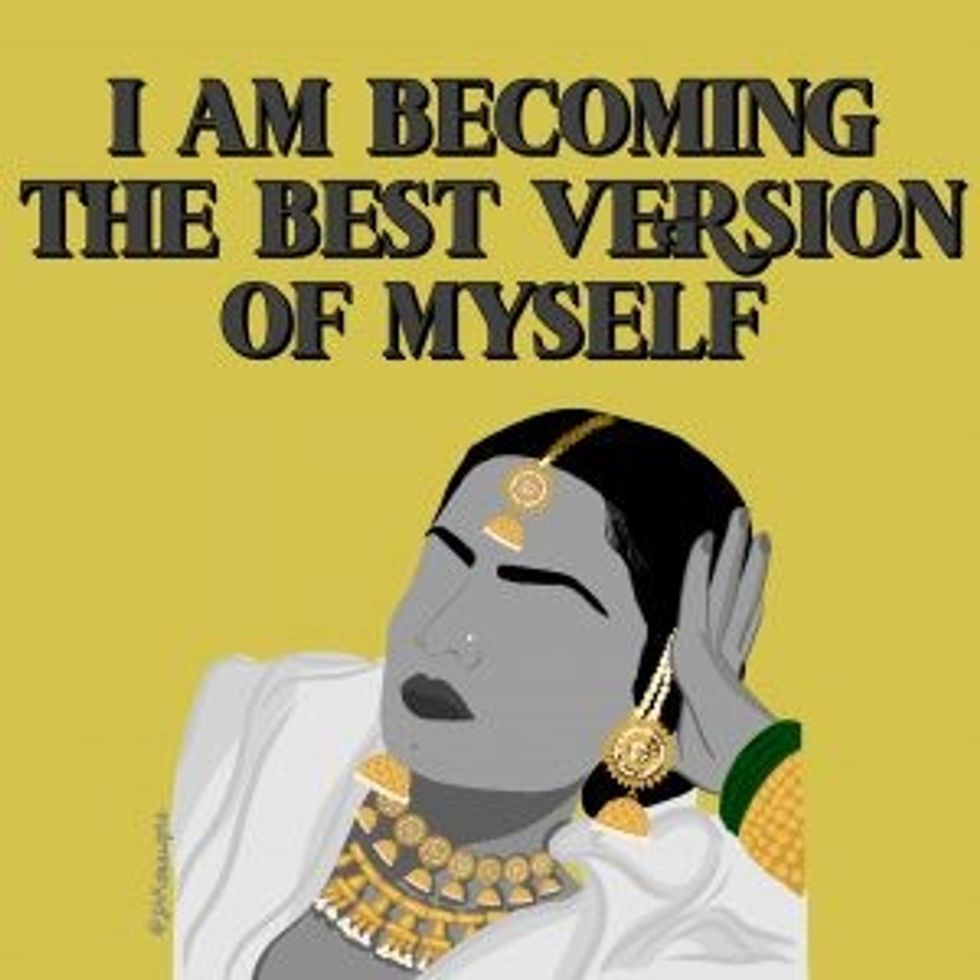





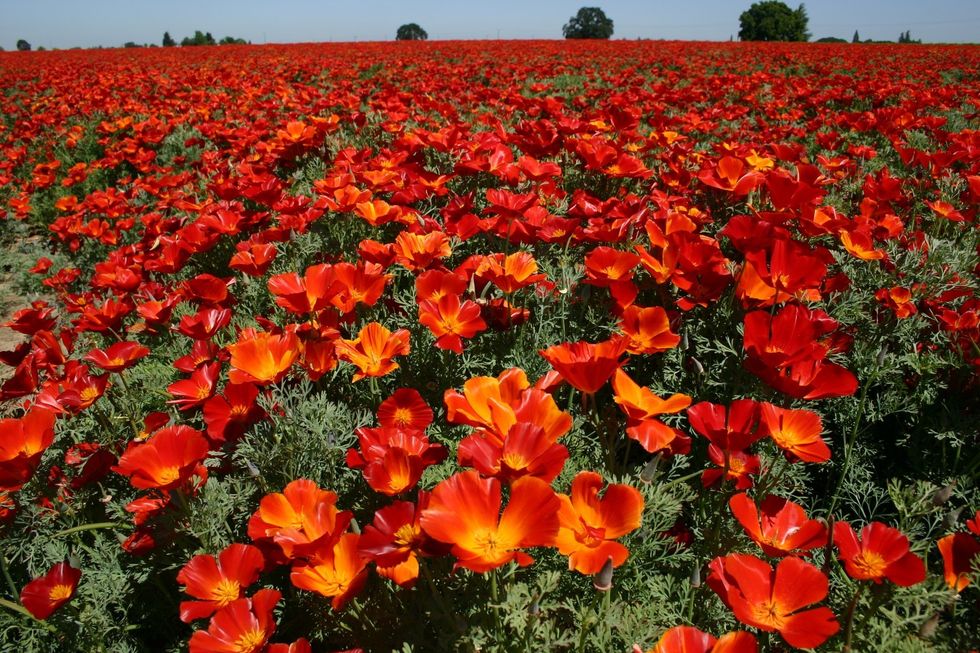 Eschscholzia californica Red Chief
Eschscholzia californica Red Chief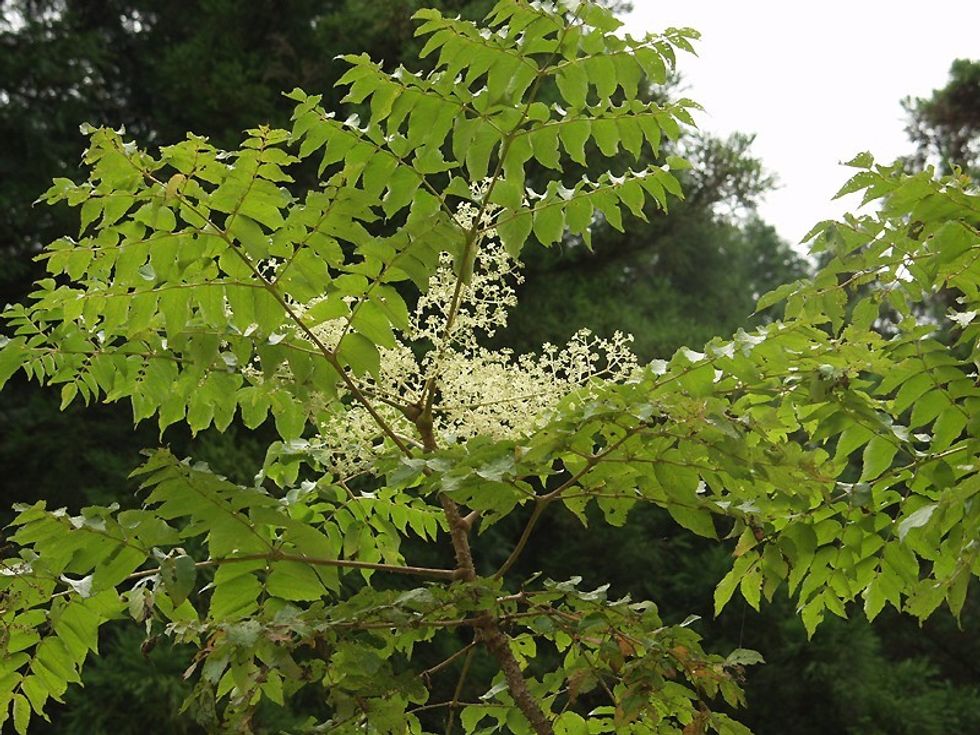 Aralia elata
Aralia elata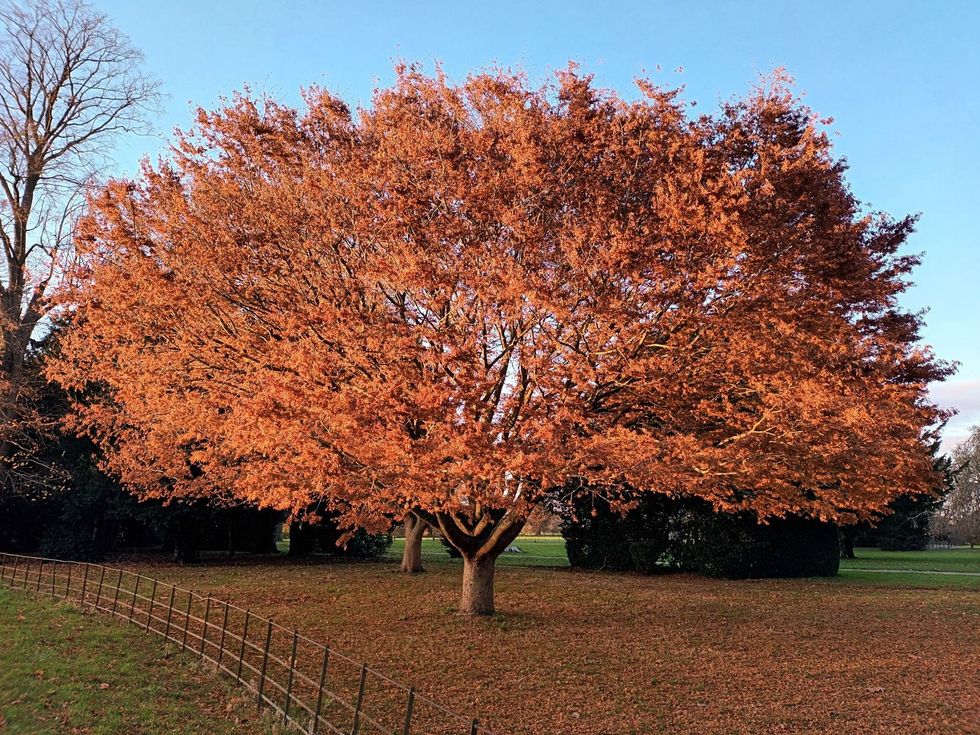 Zelkova serrata
Zelkova serrata ‘Tackle HIV Stigma Garden’
‘Tackle HIV Stigma Garden’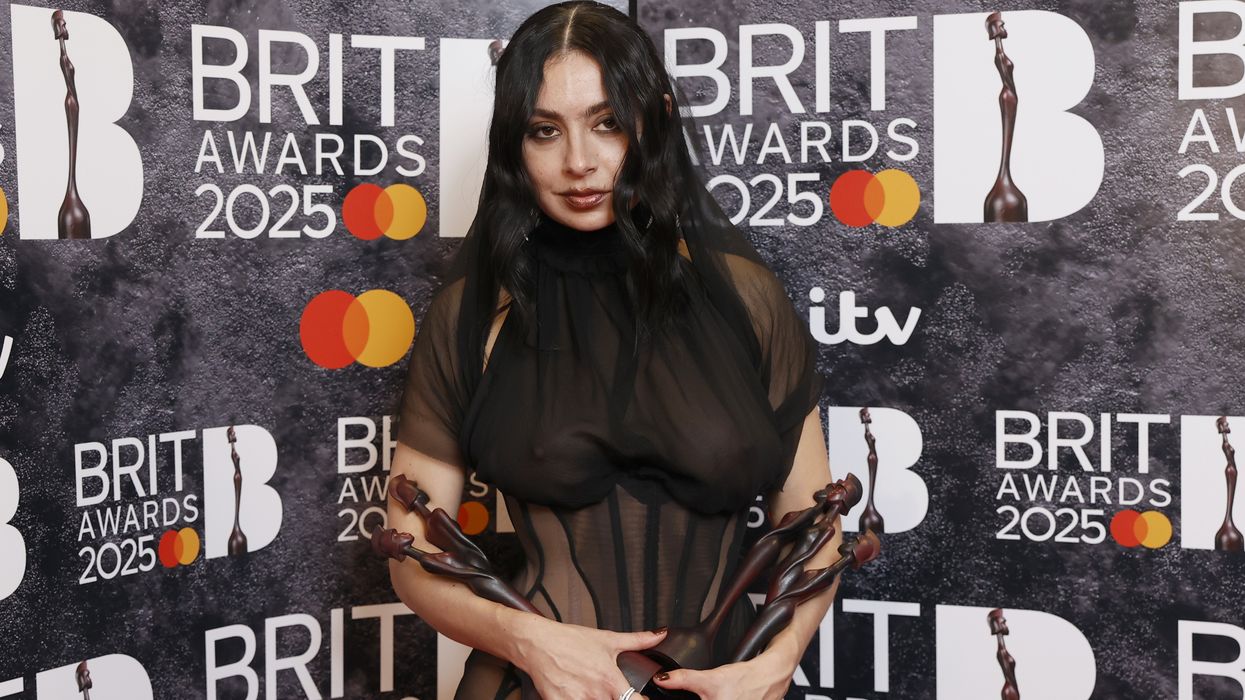











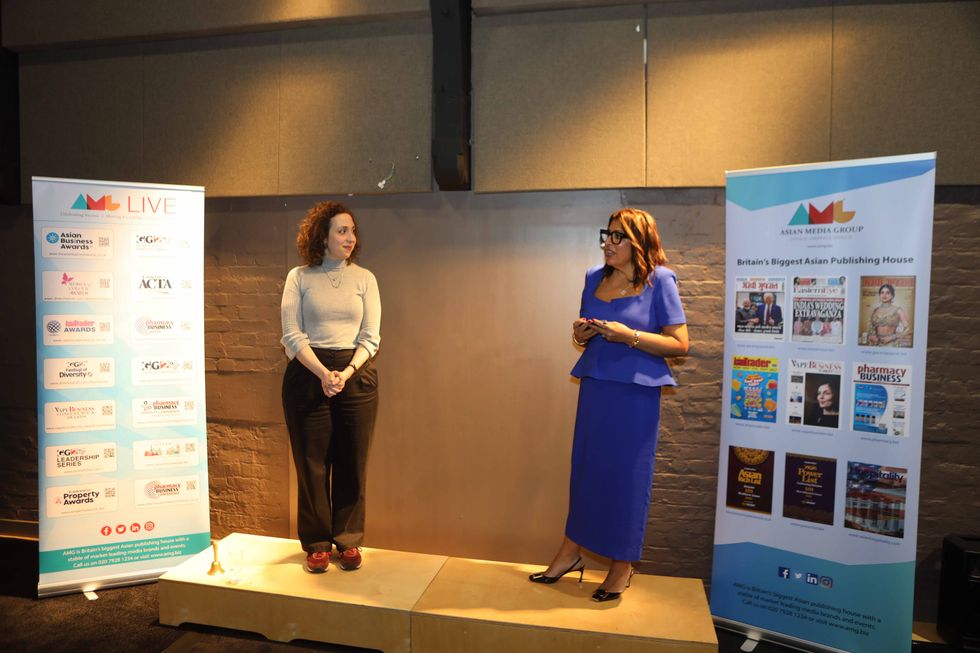 Pavita Cooper interviews Lilac Yosiphon at Old Vic Theatre
Pavita Cooper interviews Lilac Yosiphon at Old Vic Theatre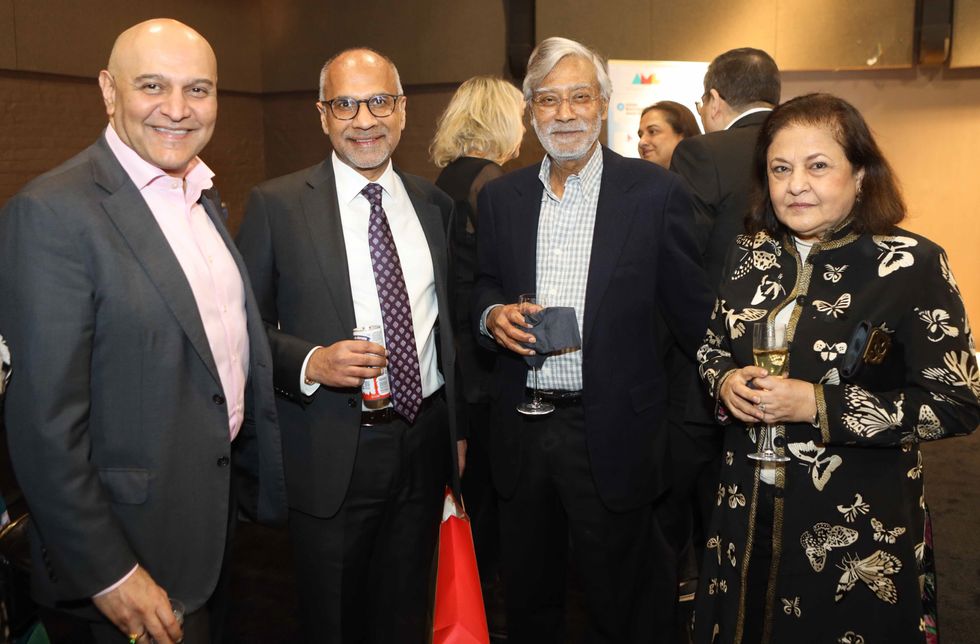 Dr Nik Kotecha, Shailesh Solanki, Rohit and Kalindi Chandaria
Dr Nik Kotecha, Shailesh Solanki, Rohit and Kalindi Chandaria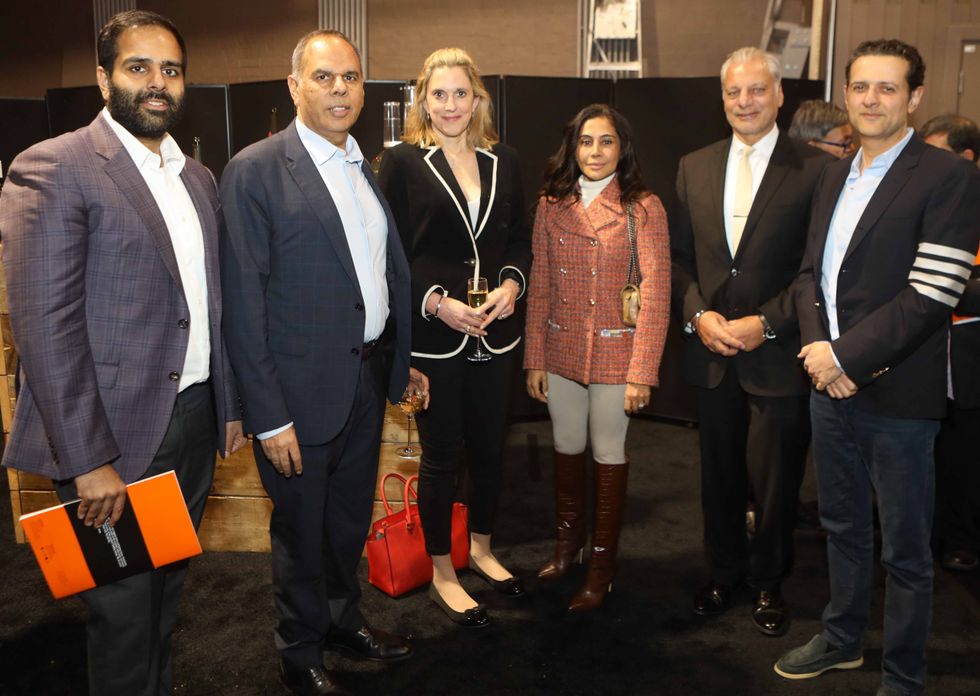 Aditya Solanki, Kalpesh Solanki, Elizabeth Hitchcock, Milan Khosla, Tony Matharu, and Rishi Khosla
Aditya Solanki, Kalpesh Solanki, Elizabeth Hitchcock, Milan Khosla, Tony Matharu, and Rishi Khosla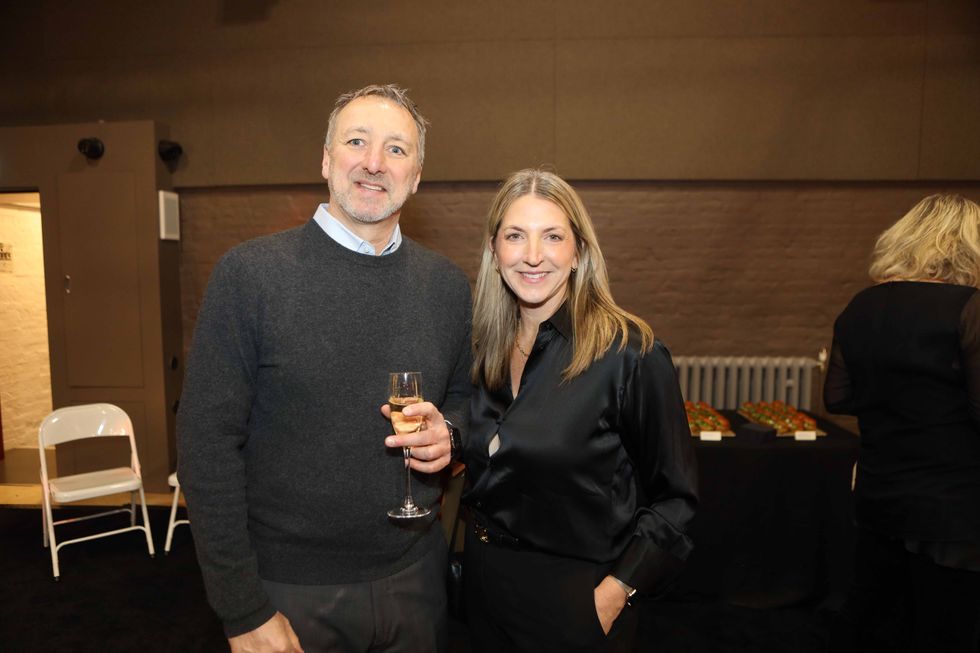 Scott and Diane Digangi Trench
Scott and Diane Digangi Trench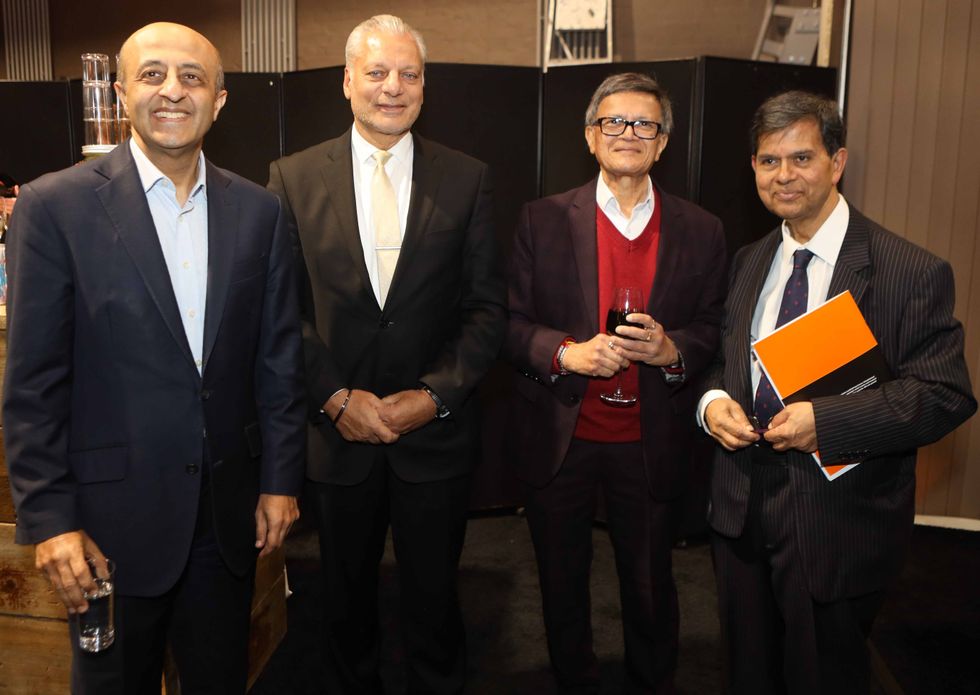 Lord Jitesh Gadhia, Tony Matharu, Bharat Shah and Amit Roy
Lord Jitesh Gadhia, Tony Matharu, Bharat Shah and Amit Roy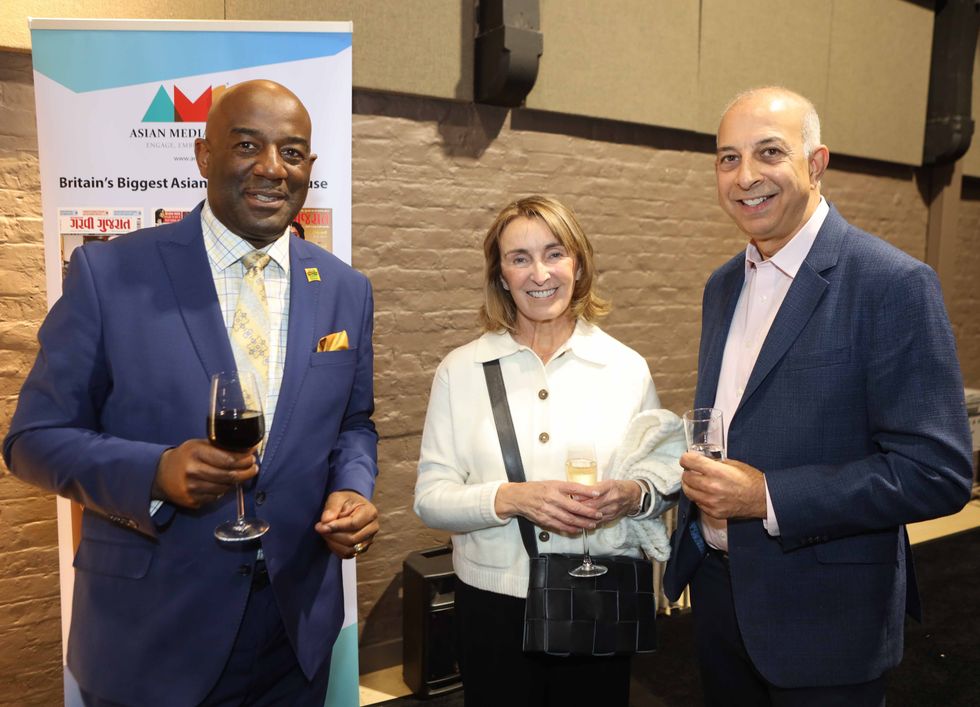 Paul Harrison, Lady Gill Kalifa and Sir Ron Kalifa
Paul Harrison, Lady Gill Kalifa and Sir Ron Kalifa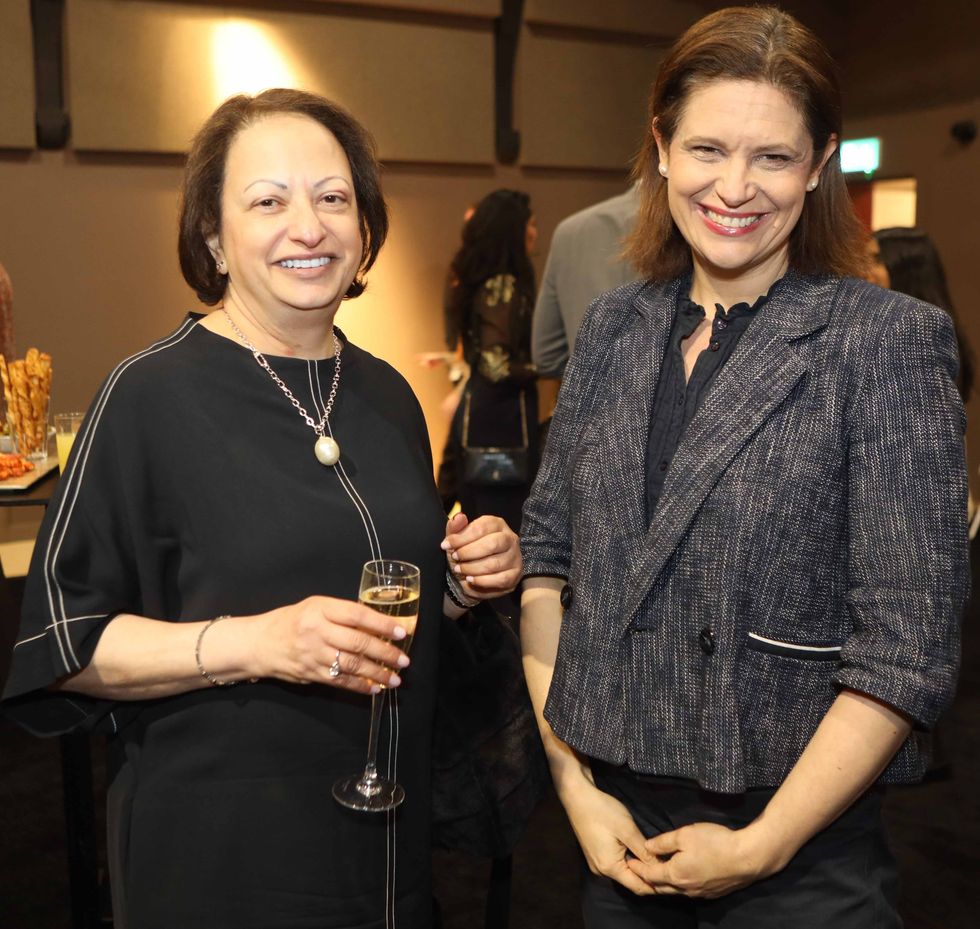 Zarin Patel with Laura Stevenson
Zarin Patel with Laura Stevenson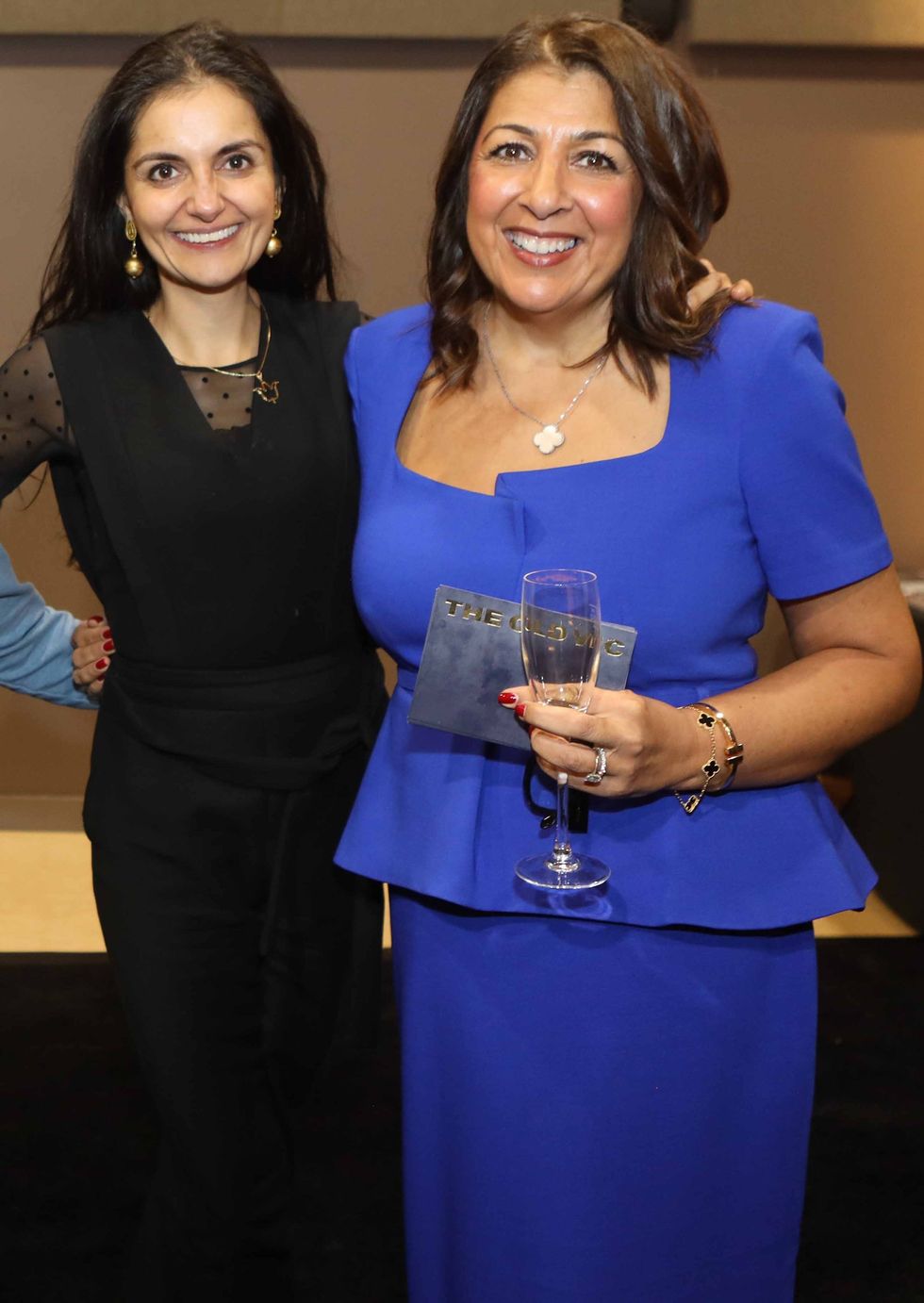 Rupal Kantaria with Pavita Cooper
Rupal Kantaria with Pavita Cooper
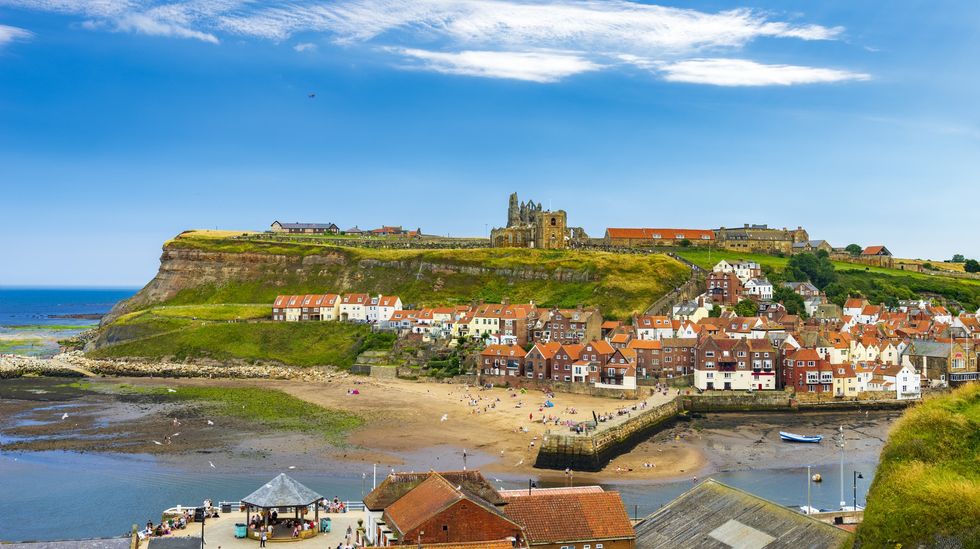 Whitby has always been a town of stories
iStock
Whitby has always been a town of stories
iStock

 Jacinda Ardern at her desk on her final day as New Zealand’s Prime Minister, January 25, 2023.Getty Images
Jacinda Ardern at her desk on her final day as New Zealand’s Prime Minister, January 25, 2023.Getty Images  Women still navigate ever-changing beauty standards, just as The Beauty Myth predictedGetty Images
Women still navigate ever-changing beauty standards, just as The Beauty Myth predictedGetty Images  Women in power face scrutiny over their looks—men, not so muchGetty Images
Women in power face scrutiny over their looks—men, not so muchGetty Images  Women juggle careers and housework, yet unpaid labour remains overwhelmingly theirsiStock
Women juggle careers and housework, yet unpaid labour remains overwhelmingly theirsiStock The rise of tradwife culture: Romanticizing the past or reinforcing outdated gender roles?iStock
The rise of tradwife culture: Romanticizing the past or reinforcing outdated gender roles?iStock Embracing imperfection is its own kind of strengthiStock
Embracing imperfection is its own kind of strengthiStock
 A sneak peek into the Miraj app – where Quranic stories, animations, and audiobooks bring faith to life for kids
A sneak peek into the Miraj app – where Quranic stories, animations, and audiobooks bring faith to life for kids Step inside Ayatique’s world of AI-powered Quranic learning—interactive stories and gamified lessons that make spirituality exciting
Step inside Ayatique’s world of AI-powered Quranic learning—interactive stories and gamified lessons that make spirituality exciting Explore Noor Kids Digital Ramadan Camp! A vibrant online platform filled with faith-based storytelling, challenges, and nasheeds
Explore Noor Kids Digital Ramadan Camp! A vibrant online platform filled with faith-based storytelling, challenges, and nasheeds Unbox the All-in-One Quran Activity Kit—an engaging set of hands-on learning tools designed to spark curiosity and faith in kids
Unbox the All-in-One Quran Activity Kit—an engaging set of hands-on learning tools designed to spark curiosity and faith in kids Discover the Fun Dough Ramadan Countdown Calendar! A creative way to celebrate each day of Ramadan with exciting hands-on activities
Discover the Fun Dough Ramadan Countdown Calendar! A creative way to celebrate each day of Ramadan with exciting hands-on activities